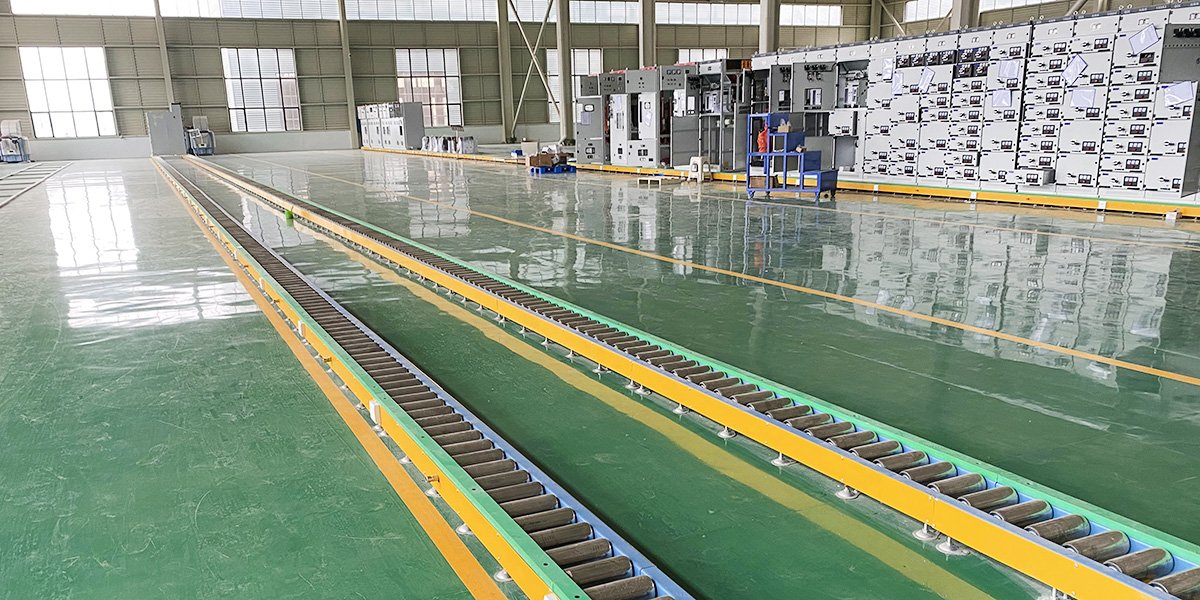Draw out Switchgear Final Assembly Line

The Draw out Switchgear Final Assembly Line is an integral part of the manufacturing process for electrical switchgear, specifically designed for the assembly of drawout units that are critical in power distribution systems. This assembly line is characterized by a series of workstations where various components are systematically assembled, tested, and finalized for distribution.
Starting with the framework, the line begins with the positioning of the draw out mechanism and the mounting of the main body. The components are precisely placed to ensure alignment and proper fit. Subsequently, the installation of electrical parts such as breakers, switches, and protective devices takes place, with each part being carefully checked for accuracy and compatibility with the system’s design.
Once the components are in place, the assembly line moves on to the wiring phase, where skilled technicians connect the electrical pathways according to detailed schematics. This is a critical step that requires meticulous attention to detail to ensure safety and functionality.
After wiring, the units undergo a series of rigorous tests to verify their performance and adherence to electrical standards. These tests include insulation resistance tests, continuity checks, and operational tests to confirm that the switchgear operates within the specified parameters.
The final stage of the assembly line is dedicated to the inspection and calibration of the completed units. Each draw out switchgear is thoroughly examined for any defects or potential issues. Once cleared, the units are labeled, packaged, and prepared for shipment to customers or installation sites. The Draw out Switchgear Final Assembly Line is a testament to the precision and quality that is demanded in the electrical industry. It combines the latest in automation technology with the expertise of skilled technicians to produce reliable and high-performance switchgear that meets the needs of modern power systems.
